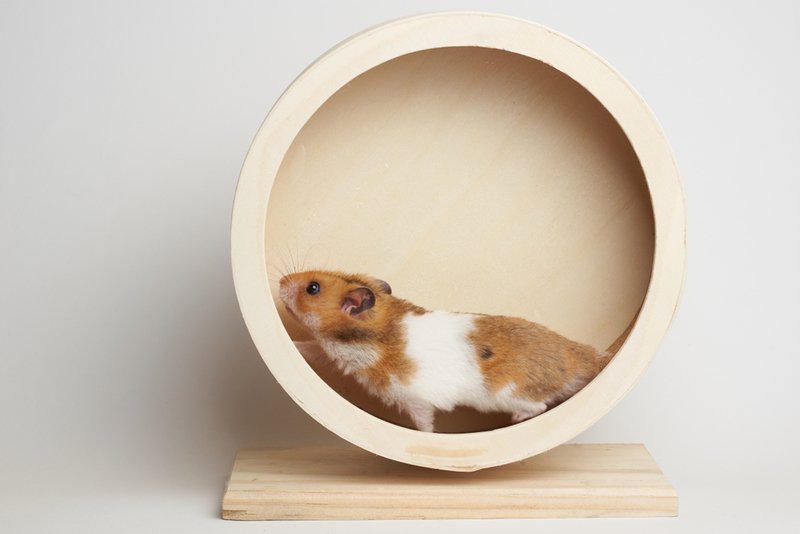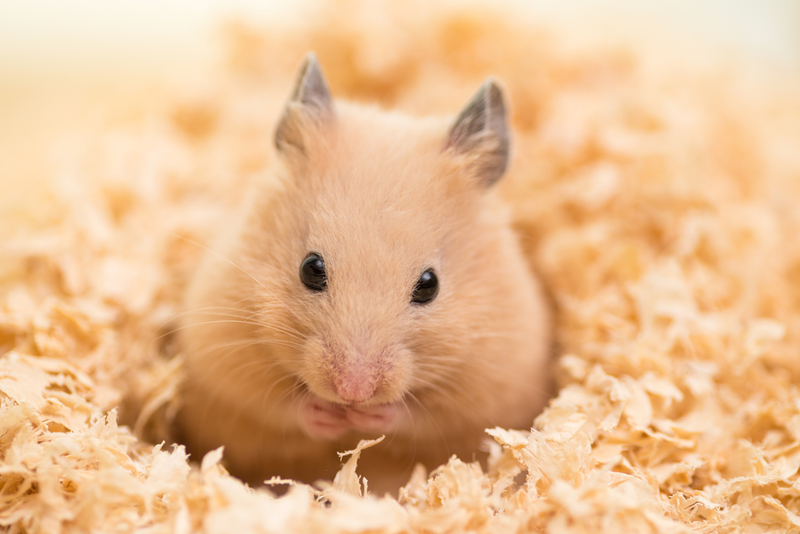
Hamster racing is a sport that involves placing hamsters on hamster wheels or hamster balls. Typically, hamsters are placed on small race cars and then they are run down a straight course of 9 meters. A hamster crossing the line within the shortest rate of time is declared the winner.
Events may consist of two hamsters or several groups of hamsters and crew members. Hamster balls can include many design modifications used to increase the performance and style of the hamster race car.
In 2001, foot-and-mouth disease epidemics led to the cancellation of some horse races in the UK. To improve their income, betting organizations started and developed the concept of a professional hamster race. Hamster racing is divided into several categories of race, such as pattern, novice, and short-hair or long-hair. Blue Square had organized the first series of hamster racing. A series of qualifying rounds were held for a week. The event was streamed live.

Not all hamster races are held for betting purposes or professionally organized. Amateur races usually do not match the professional distance of 9 meters (30 ft) but can use short “sprint” tracks designed to ensure that all hamsters finish on time. Fast-paced hamsters can win a sprint race in a matter of a few seconds.
In 2007, Petco took the initiative and organized the “Petco Hamster Ball Derby”. The 2006 race featured more than 14,000 hamsters racing. Now it is held twice a year in late March and early September.
Petco uses a 2.4-meter shorter track with hamsters running the same round balls as the “racers” with features that are more commonly used by professional racing hamsters. Races usually last a few seconds because of the length of the track. Winners receive several prizes such as gift hampers and gift cards.